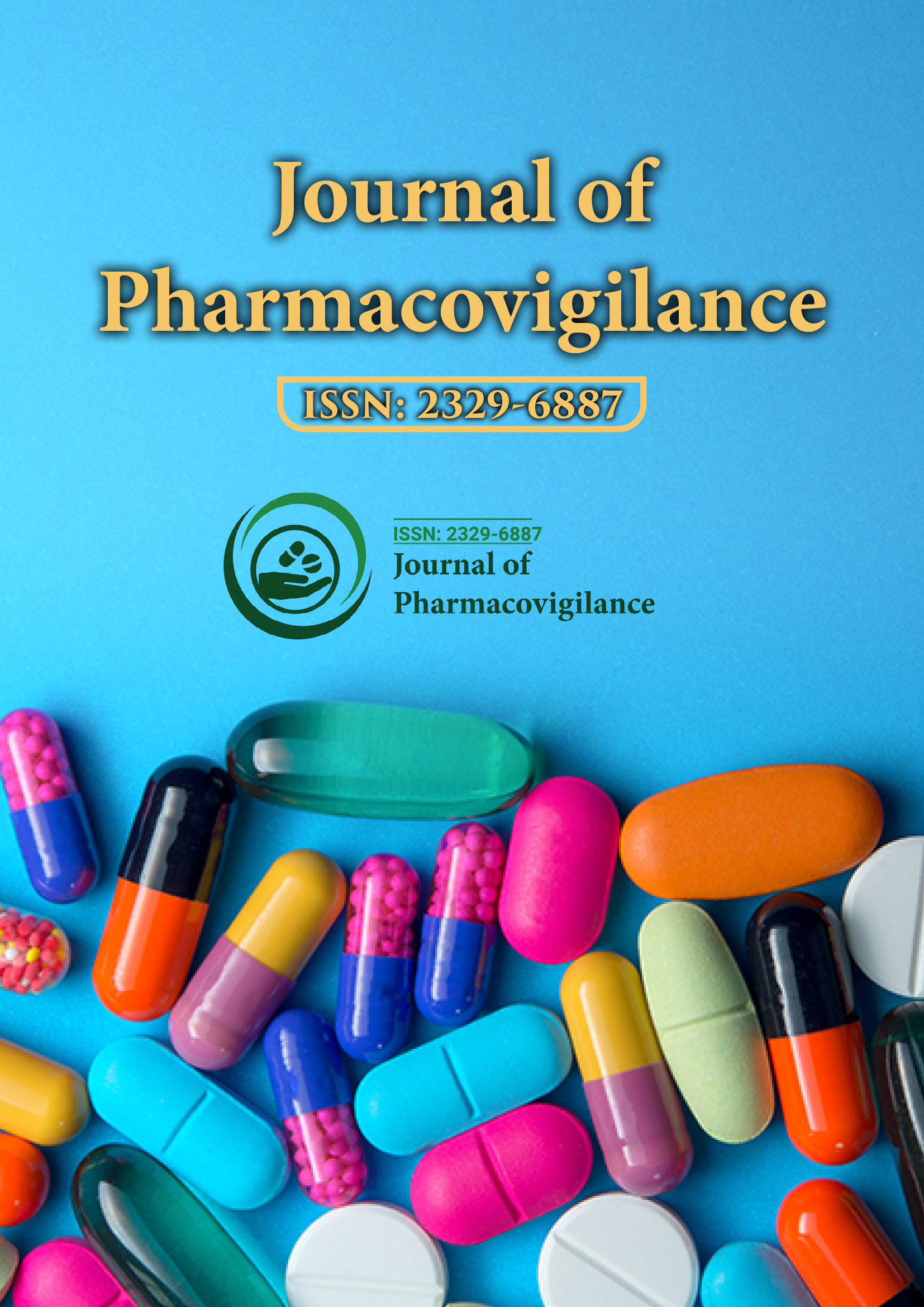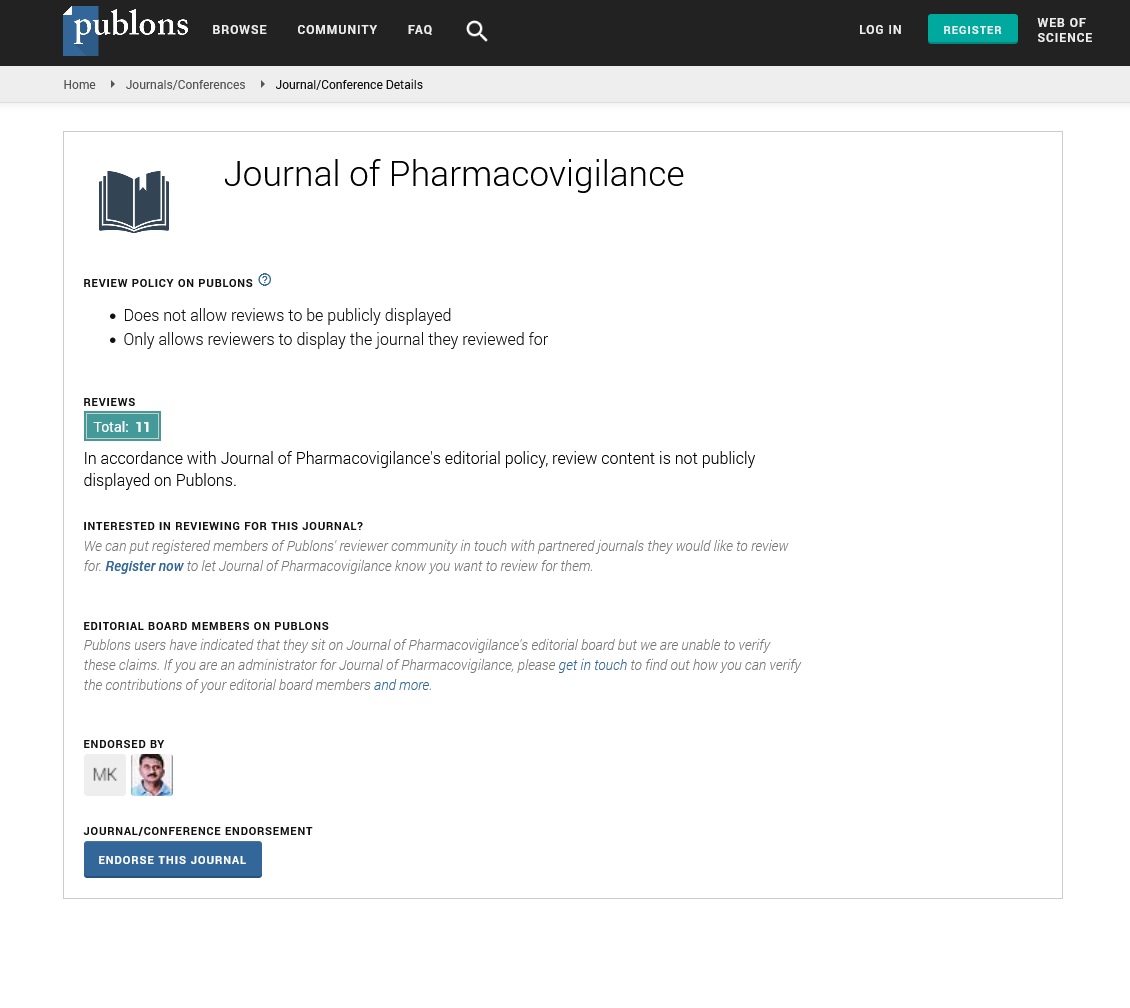Indexed In
- Open J Gate
- JournalTOCs
- The Global Impact Factor (GIF)
- RefSeek
- Hamdard University
- EBSCO A-Z
- OCLC- WorldCat
- Publons
- Euro Pub
- Google Scholar
Useful Links
Share This Page
Journal Flyer

Open Access Journals
- Agri and Aquaculture
- Biochemistry
- Bioinformatics & Systems Biology
- Business & Management
- Chemistry
- Clinical Sciences
- Engineering
- Food & Nutrition
- General Science
- Genetics & Molecular Biology
- Immunology & Microbiology
- Medical Sciences
- Neuroscience & Psychology
- Nursing & Health Care
- Pharmaceutical Sciences
Fabrication of high-valent silver nanoparticles as topical antibacterial agent
Conference Series LLC Joint International Event on 7th Pharmacovigilance & Pharmaceutical Industry
August 22-24, 2016 Vienna, Austria
Joon Myong Song
Seoul National University, Korea
Scientific Tracks Abstracts: J Pharmacovigil
Abstract:
Silver nanoparticles have attracted great attention due to their enhanced antibacterial properties arising from larger surface area per volume compared to silver ion. The moisturizing effect inherent to silver nanoparticles also contributes greatly to its use as a topical antibacterial agent for wound healing. The antibacterial property of silver nanoparticles provides topical wounds with an indirect environment for healing by the prevention of pathogenic infection. However, the direct wound-healing effects of silver nanoparticles have not been explored until now. The wound healing involves a number of complex processes such as epithelialization. Although, antibacterial effect on wounded skin provides a suitable environment for epithelialization to occur, it does not accelerate epithelialization directly. In order to obtain more powerful silver nanoparticles, a more powerful topical therapeutic agent is necessary to have a direct wound healing activity in addition to antibacterial effect. In this work, we reported a bimodal therapeutic silver nanoparticle that possessed both direct wound-healing and antibacterial properties. The synthetic nanoparticles consist of highvalent silver-pyridoxine complexes to achieve bi-functional therapeutic activities of both antibacterial and proliferative property. Compared to monovalent silver complex, photostability of silver nanoparticle consisting of high-valent oxidation state is known to be much more stable. An MAPK pathway study proved that silver nanoparticle induces proliferation and migration of keratinocyte and fibroblast cells. Antibacterial activities in 10 different pathogenic bacteria responsible for the infection of burn wound were tested. Its wound-healing efficacy was verified through diabetic mice as well as in vitro assay.
Biography :
Joon Myong Song received his PhD from Kyushu University, in Japan. He worked as a Post-doctoral Research fellow from 1998 to 2004 at Iowa State University, Brookhaven National Laboratory, and Oak Ridge National Laboratory in United States. At present, he is a Professor and Head of Department of Pharmacy at College of Pharmacy, Seoul National University in South Korea. His research area includes multifunctional nanoparticle for diagnosis and therapy and high-content cell-based drug screening and diagnosis using hyper-multicolor cellular imaging. He has published 100 peer reviewed papers in the top journals, 7 book chapters, and 10 patents.
Email: jmsong@snu.ac.kr

